Glossary¶
- Addressable TV¶
While addressable TV is technically a form of Programmatic TV, its household-level and real-time targeting are major distinguishing factors. Advertisers can buy audiences instead of programs, similar to the programmatic display and video buying processes utilized on desktop and mobile devices.
- Auto-Deal¶
A bid request routed directly to a Buyer by a Supplier as part of a private deal relationship, see the Setting up Auto-Deals section for more details.
- BidStream¶
This refers to all of the bid requests flowing through the system. Within BidSwitch, Buyers can configure their BidStream settings so that they focus on the types of bid requests they want to receive.
- Broadcast Deal¶
- Non-exclusive deal¶
A bid request that is sent to all connected partners.
- CPM¶
(Cost-per-thousand) Media term describing the cost of 1,000 impressions.
- Creative¶
The media asset associated with an ad, such as an image or video file.
- DAAST¶
Digital Audio Ad Serving Template.
- Data Centre¶
A data centre is a facility used to house computer systems and associated components, see the BidSwitch Data Centres for a list of ours.
- Day-part¶
- Day-parting¶
Day-parting means splitting the day into prime and non-prime time slots. The actual times vary depending on the Supplier and inventory type.
- Deal ID¶
The ID assigned to a programmatic ad transaction used by both the Buyer and Supplier to transact on prearranged terms, see the Private Marketplaces & Deal IDs section.
- DOOH¶
Digital out-of-home advertising or out-of-home media is advertising that reaches the consumers while they are outside their homes, for example, digital billboard displays, bus shelters, or telephone booth advertising.
- Exclusive Deal¶
- Deal Seats¶
The seats (Buyers) allowed to bid on a bid request, as part of an Exclusive Deal.
- First-price Auction¶
In this type of auction, all bidders simultaneously submit sealed bids, so that no bidder knows the bid of any other participant. The highest bidder pays the price they submitted.
- Geotargeting¶
- Geographic Targeting¶
A method that enables advertisers to show an ad specifically to visitors based on zip code, area code, city, DMA, state, and/or country derived from user-declared registration information or inference-based mechanism.
- Impression¶
This is a single display of an online ad (creative) to a user’s web-enabled device. Each time an advertisement loads into a user’s screen, the ad server may count that as one impression. For more information on how impressions are tracked, see the Impression Delivery and Tracking section.
- Linear Television¶
The traditional broadcast system in which a viewer watches a scheduled TV programme at the time it’s broadcast, and on the channel it’s originally presented on.
- Nonlinear Television¶
A non-traditional means of viewing TV content that enables “time-shifting” (not watching during the scheduled broadcast) using streaming, DVR, video-on-demand, over-the-top (OTT) or mobile TV technology.
- Over-The-Top (OTT)¶
The delivery of TV content via the Internet. Users are not required to subscribe to a traditional cable or satellite providers to watch TV programmes. Devices piggy back on an existing network.
- Private Deal¶
- PMP¶
A Private Marketplace deal in which the Buyer and Supplier arrange a one-to-one deal. See the Private Marketplaces & Deal IDs section for details.
- Programmatic TV¶
The use of Set-Top-Box data to inform the purchase process.
- QPS¶
Queries Per Second (QPS), see the QPS Overview and Controls section for details.
- Second-price Auction¶
Each bidder places a bid. The highest bidder gets the first slot, the second-highest, the second slot and so on, but the highest bidder pays the price bid by the second-highest bidder, the second-highest pays the price bid by the third-highest, and so on.
- SmartSwitch¶
SmartSwitch optimises a Buyer‘s bidstream by analyzing bid request parameters, see the SmartSwitch Overview section for details.
- User Group¶
Used to categorise users based on their perceived value to a Buyer, for more information see the SmartSwitch User Optimization section.
- User Syncing¶
The process of matching Supplier cookie IDs with their matching Buyer cookie IDs, or vice versa. See the following sections for more details:
Supplier User Matching | supp-1-sync
- VAST¶
Video Ad Serving Template.
